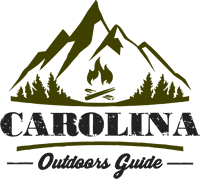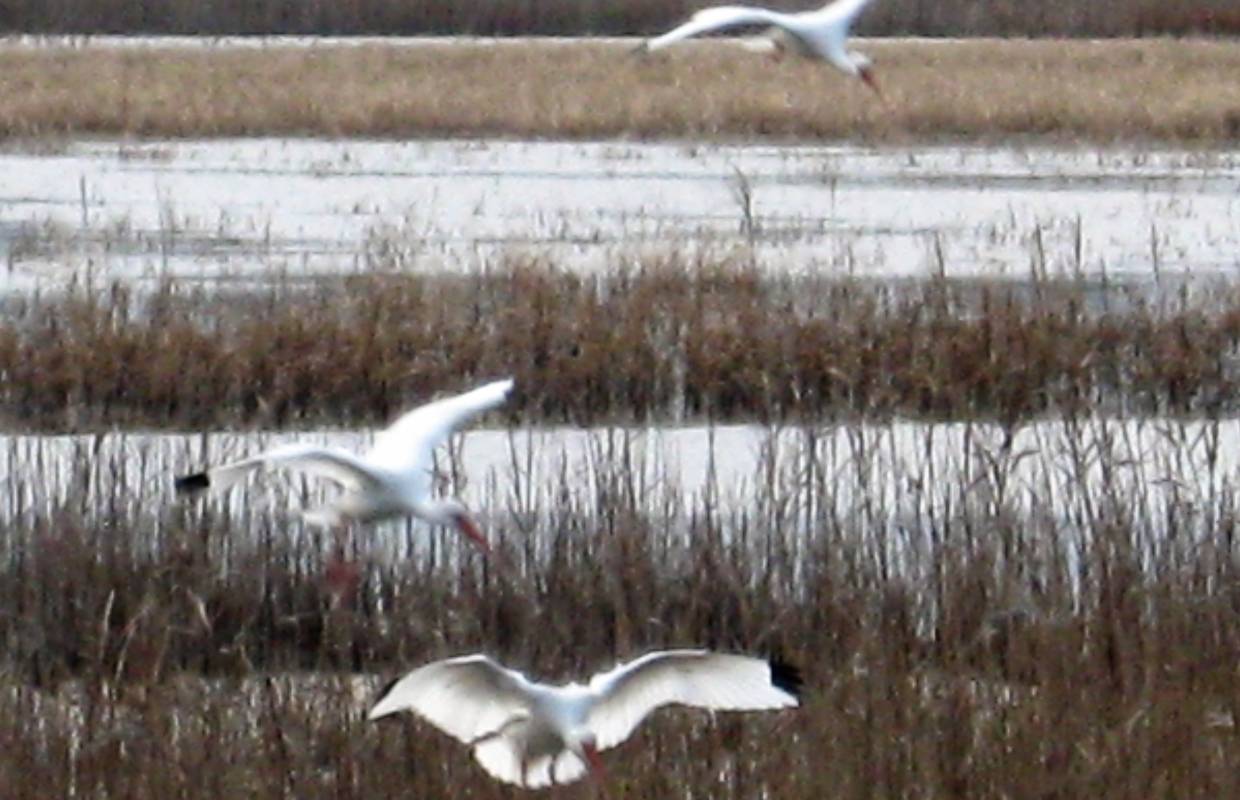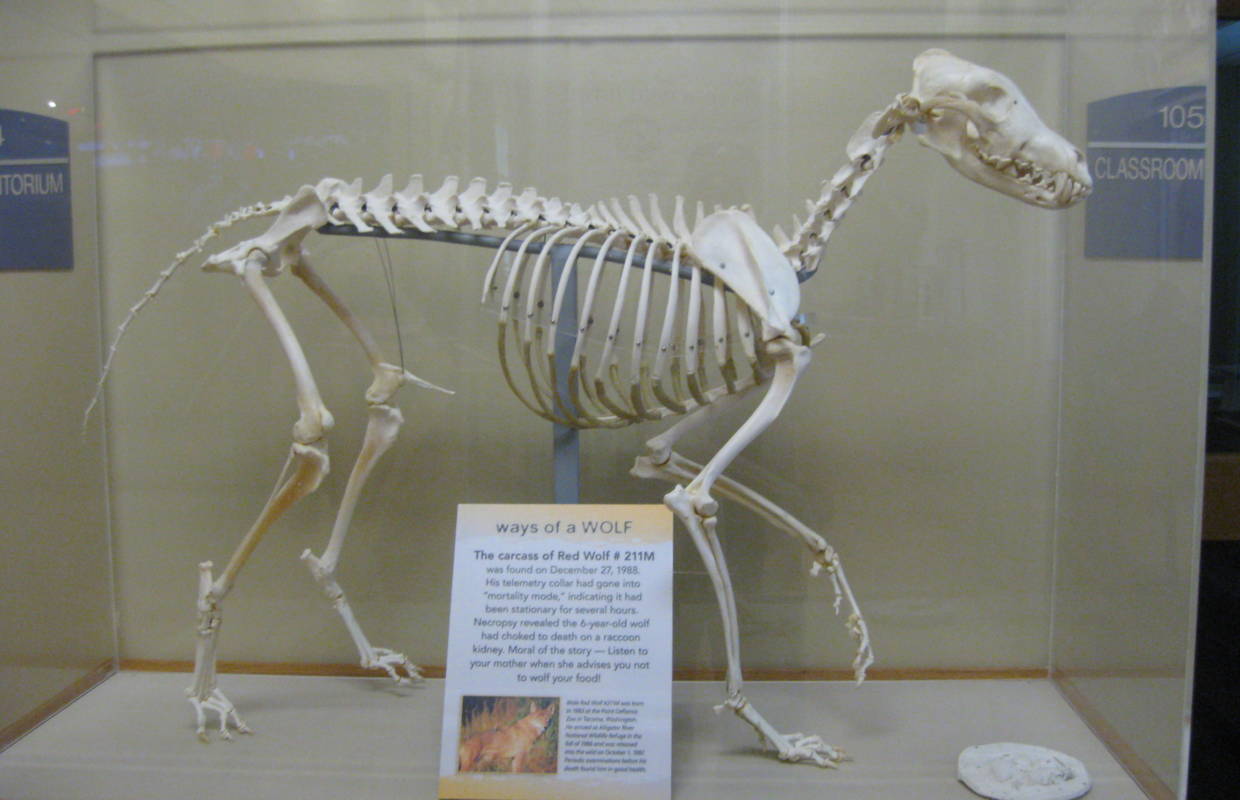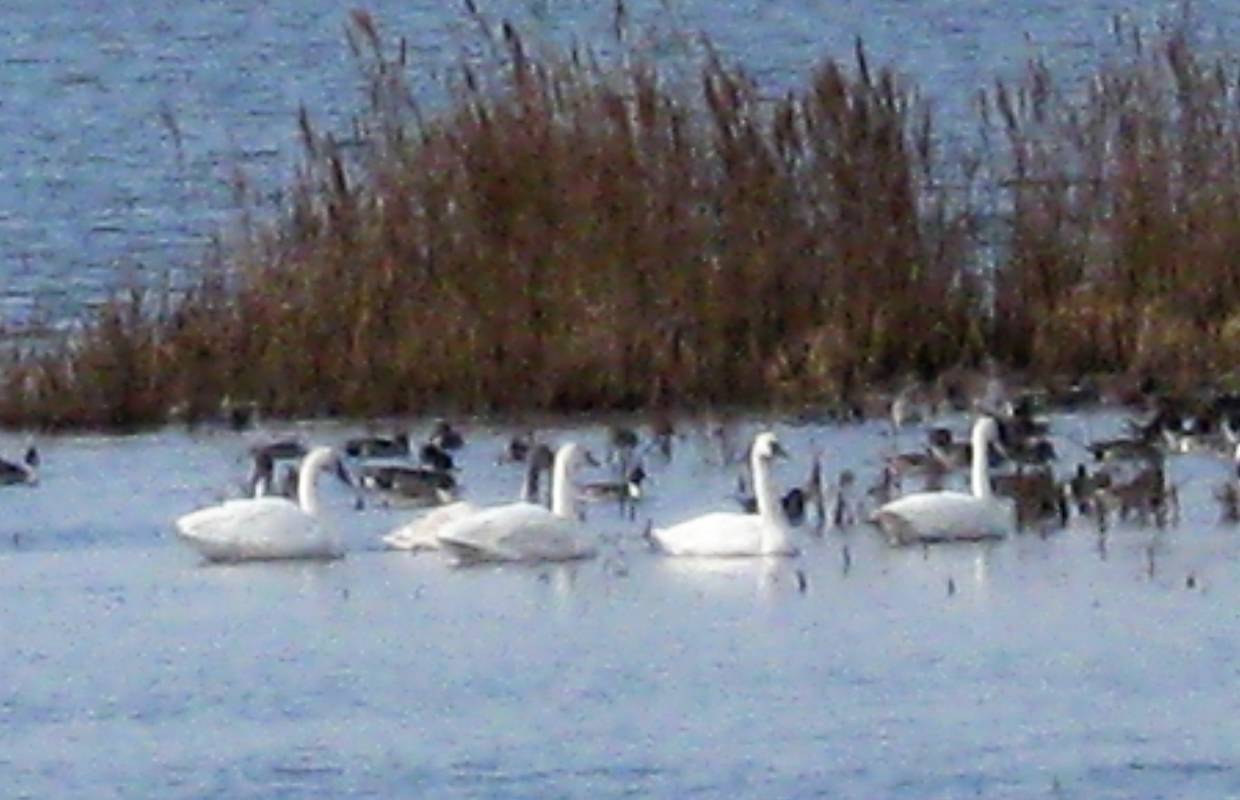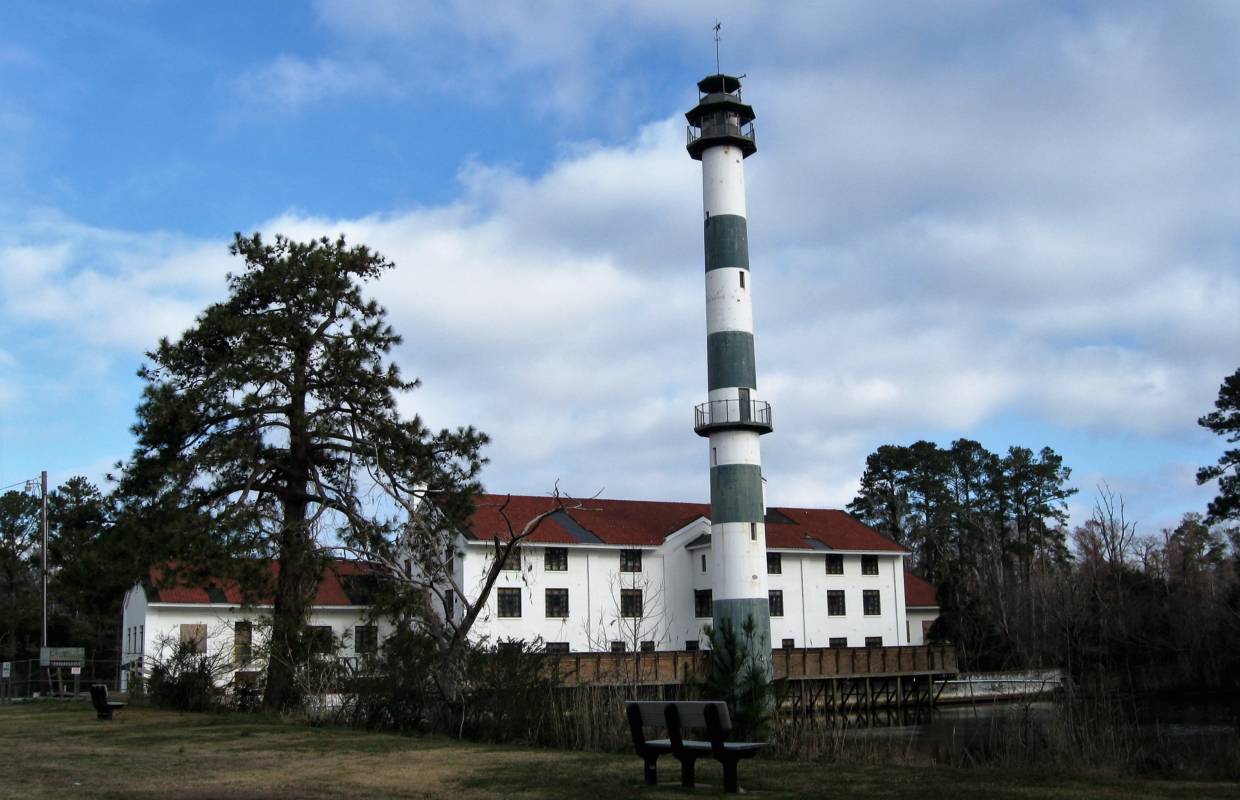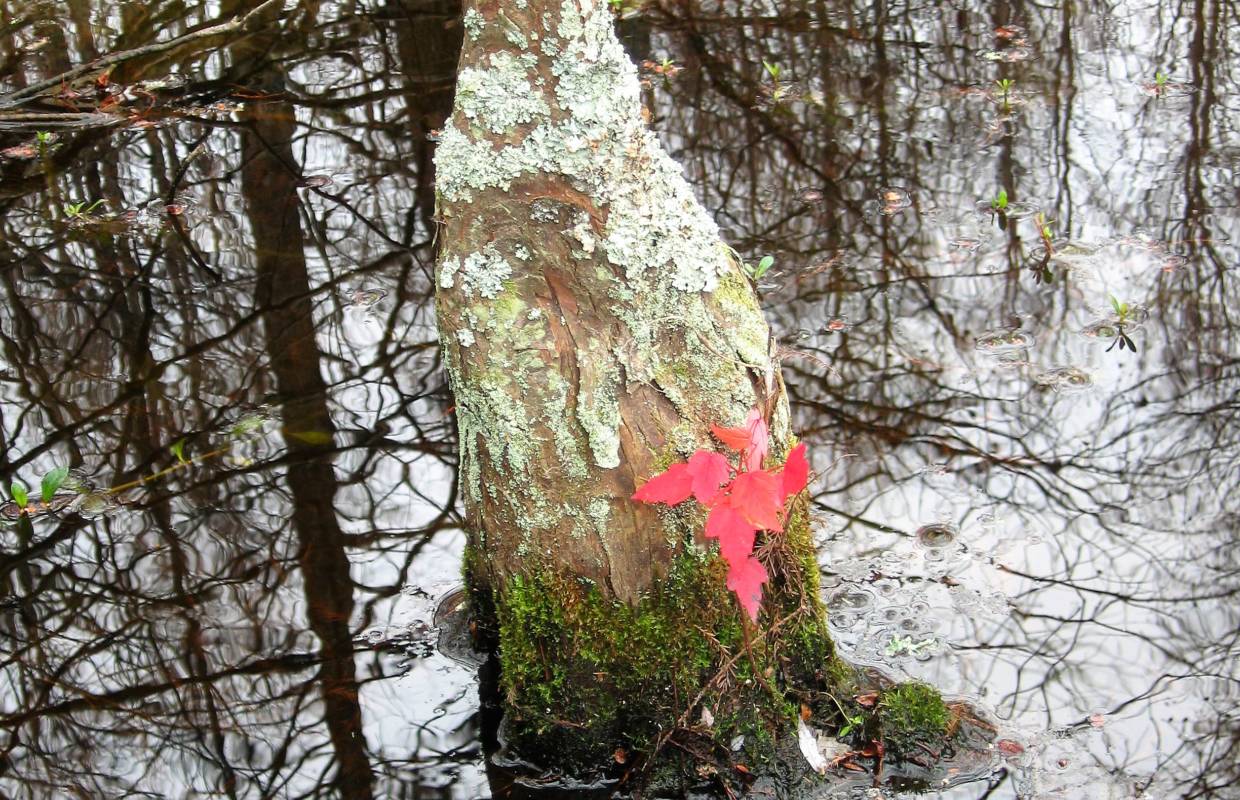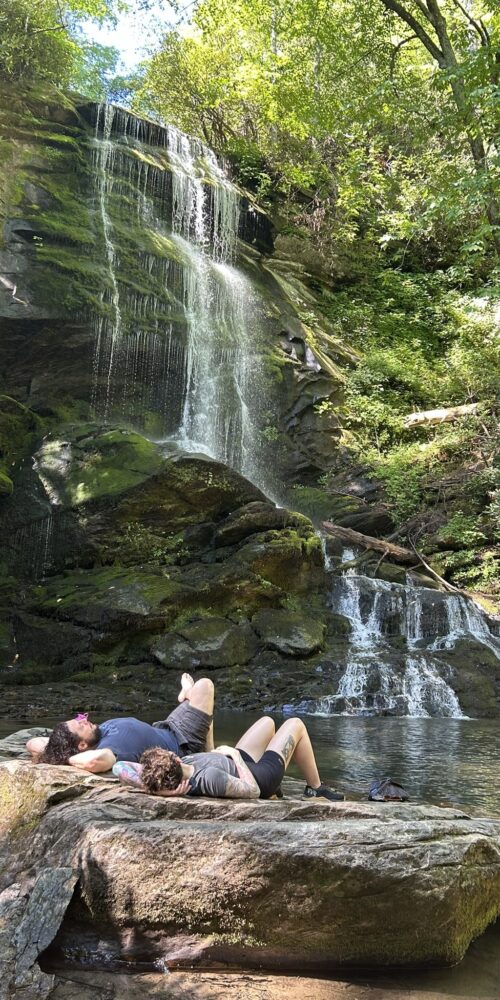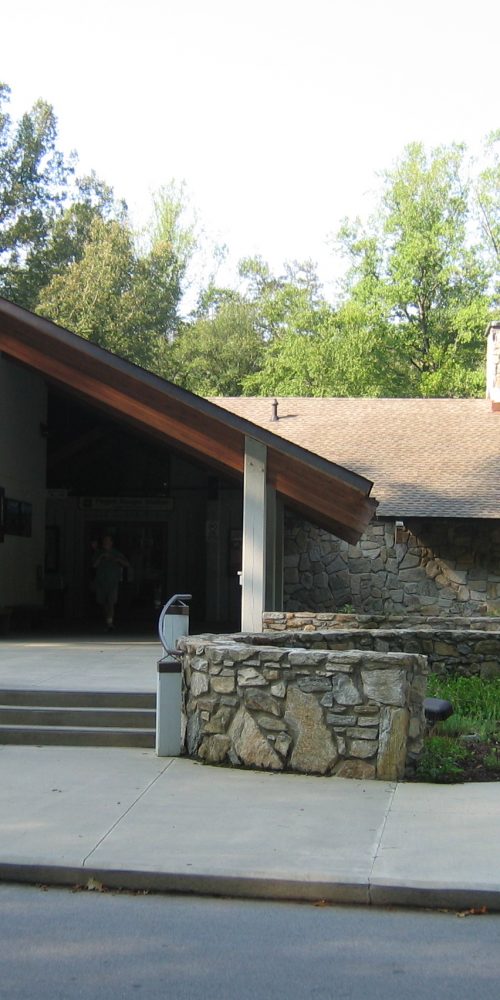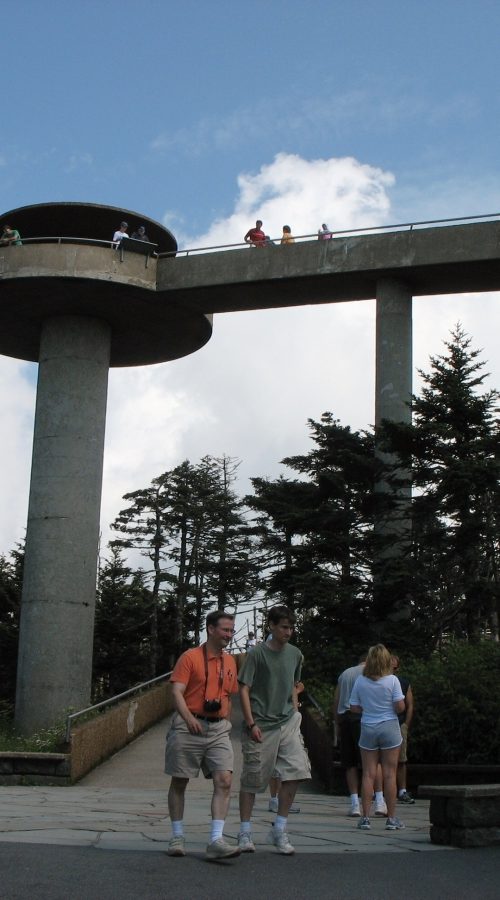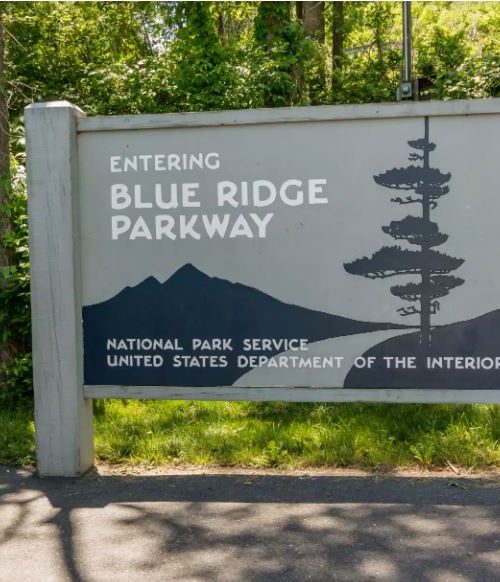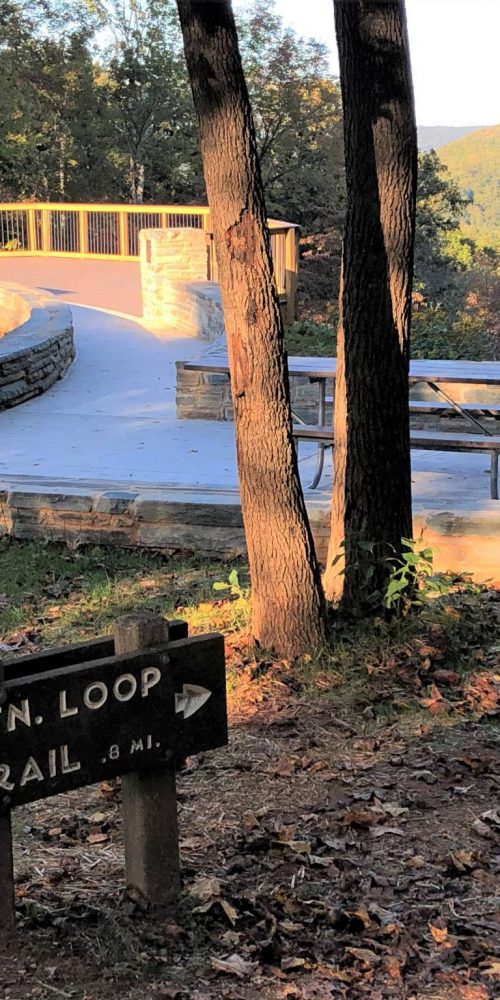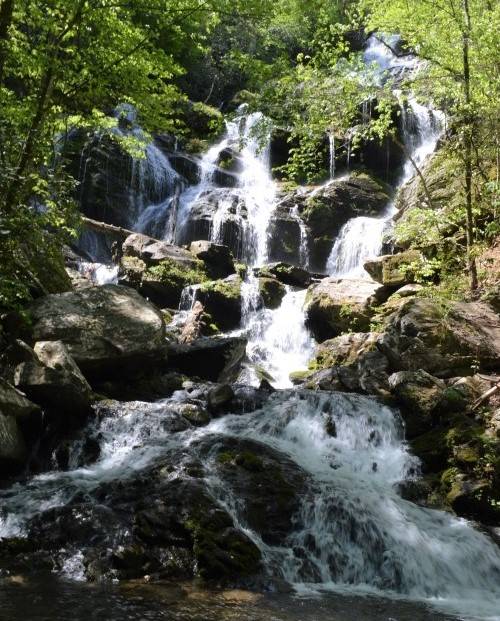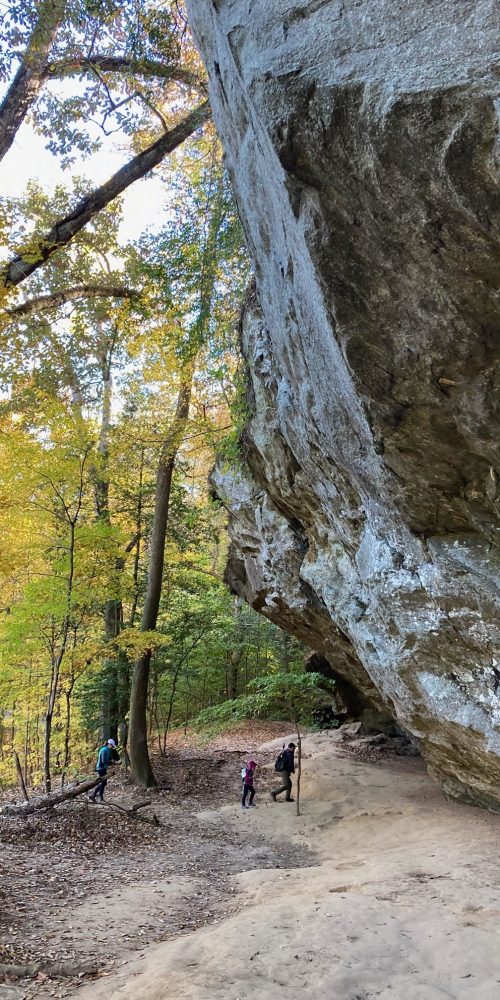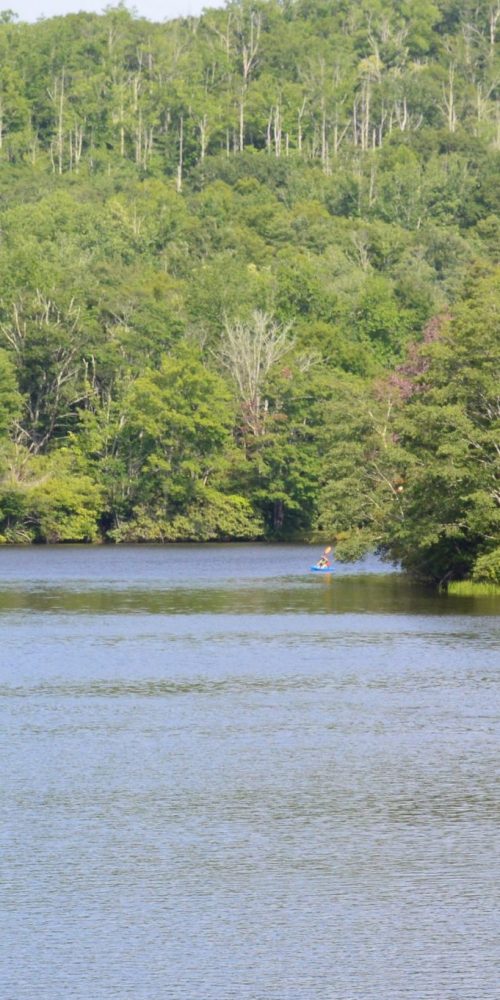Carolina Outdoors Guide – Parks & Forests – Camping – Hiking – Adventures
National Wildlife Refuges in North Carolina
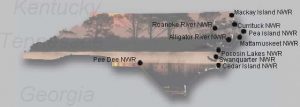
National Wildlife Refuge Links
National Wildlife Refuges exist primarily to safeguard wildlife populations through habitat preservation and, as such, offer prime opportunity to view or photograph birds and other wildlife. Other recreational opportunities vary, as do development and accessibility. Hunting, trapping and fishing are permitted on a NWR when compatible with the purposes for which the refuge was established and acquired. All state and federal regulations pertaining to hunting, trapping and fishing apply.
Several wildlife refuges in North Carolina are part of the Charles Kuralt Trail, which touches 11 refuges and the fish hatchery in Edenton and provides boardwalks, observation decks and nature trails.
The Mountain Bogs National Wildlife Refuge in the North Carolina and Tennessee mountains is not conducive to recreation and is not listed below. As the Fish & Wildlife Service says, “this refuge isn’t a large, contiguous area; rather it’s designed to exist in small, isolated pockets of land, reflecting the distribution of southern Appalachian bogs.”
Coastal N.C. National Wildlife Refuges Gateway Visitor Center
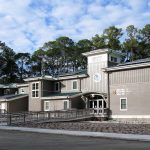 100 Conservation Way
100 Conservation Way
Manteo, NC 27954
(Locator Map)
The visitor center opened in June 2012 to serve as the gateway to the 11 National Wildlife Refuges in coastal North Carolina and southeastern Virginia, and the Edenton National Fish Hatchery. The center houses several state-of-the-art exhibits, an auditorium and a gift shop, and there are plans to construct walking and bicycling trails, gardens, a pavilion for educational programs and more on the grounds. Click on the photo for more information.
Alligator River NWR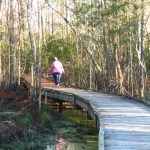
708 N. U.S. 64
Manteo, NC 27954
(252) 473-1131
Locator Map
Available for automobile touring, boating, fishing, hunting. Features two half-mile wheelchair-accessible nature trails: the Sandy Ridge Wildlife Trail, which is adjacent to 15 miles of paddle trails on Milltail Creek; and the Creef Cut Wildlife Trail, which also has a wheelchair-accessible fishing dock at its trailhead. Refuge Wildlife Drive offers opportunities to view a wide variety of birds, as well as black bears and red wolves. Main entrance is on U.S. 64, 12 miles east of Columbia across Alligator River in Dare County. Click on the photo for more information.
Cedar Island NWR
c/o Mattamuskeet NWR
38 Mattamuskeet Road
Swan Quarter, NC 27885
(252) 926-4021
Locator Map
Available for boating, saltwater fishing, waterfowl hunting. The refuge is mainly a coastal marsh of 11,000 acres; there are two boat ramps. Concentrations of diving ducks (lesser scaups, redheads, canvasbacks, buffleheads), sea ducks, American black ducks, black rails, wading birds and shorebirds. Refuge is approximately 40 miles northeast of Beaufort via U.S. 70 and N.C. 12 at the confluence of Pamlico and Core sounds in Carteret County.
Currituck NWR
316 Marsh Causeway
Knotts Island, NC 27950-0039
(252) 429-3100
Locator Map
Available for hiking and waterfowl hunting; refuge has no development. Home to concentrations of wading birds, shorebirds, waterfowl and raptors (See MacKay Island NWR below for bird checklist), plus a variety of mammals, reptile and amphibians. Piping plover and loggerhead sea turtles occasionally nest on the refuge. Refuge is 0.75 of a mile north of where N.C. 12 ends in Corolla. A four-wheel-drive vehicle is necessary to get to the refuge via the beachfront, and vehicles are restricted to the beach.
Great Dismal Swamp National Wildlife Refuge
3100 Desert Road
Suffolk, VA 23434
(757) 986-3705
Locator Map
Most of the refuge’s 111,000 acres of forested wetlands are in Virginia but a portion extends into Camden, Pasquotank and Gates counties in North Carolina west of U.S. 17. The refuge is available for biking, boating, fishing and hiking, as well as bird and wildlife watching. Lake Drummond, a 3,100 acre natural lake in Virginia, is at the heart of the swamp. Refuge headquarters is approximately 1.6 miles from the intersection of Hosier Road and White Marsh Road (Route 642) off of I-337 and Va. 642 south of Suffolk. The southern reaches of the refuge are adjacent to North Carolina’s Dismal Swamp State Park.
Mackay Island NWR
P.O. Box 39
Knotts Island, NC 27950
(252) 429-3100
Locator Map
Available for bicycling, boating, fishing, hiking, hunting. Features a Charles Kuralt Trail observation site, an elevated platform with spotting scopes for views of the Great Marsh, plus seven miles of dikes suitable for walking or cycling. During fall and winter, tundra swans, ducks and large concentrations of snow geese congregate in the ponds south of the Great Marsh. Mackay Island is a portion of Knotts Island, which is accessible via private boat or free ferry at Currituck County Courthouse on N.C. 168 or via Princess Anne Road south from Pungo, Virginia. The refuge’s periodic Open Roads Days allow the public to drive the roads normally closed to vehicular traffic around the refuge impoundments at the end of Mackay Island Road. The refuge headquarters and Open Roads are located 1 mile and 6.2 miles, respectively, south of the N.C. state line on N.C. 615 and are marked by a large refuge sign.
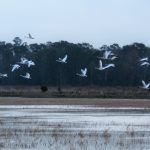 Mattamuskeet NWR
Mattamuskeet NWR
38 Mattamuskeet Road
Swan Quarter, NC 27885
(252) 926-4021
Locator Map
Available for automobile touring, boating, fishing, hiking, hunting. Lake Mattamuskeet (40,000 acres) is North Carolina’s largest natural lake. The refuge has significant wintering populations of ducks, Canada geese, snow geese and tundra swans. Concentrations of bald eagles and other raptors, wading birds and shorebirds occur seasonally. Features 3-mile entrance road and 5-mile drive along lake, and miles of grassed dikes criss-crossing the refuge. There are several observation decks and two state boat ramps. Recent plans to renovate the lakeside Mattamuskeet Lodge as a lodge, meeting site and museum fell through when money ran out. The refuge is 9 miles east of Swan Quarter by U.S. 264 and N.C. 94 in Hyde County. Click on the photo for more information.
Pea Island NWR
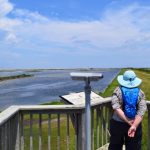 c/o Alligator River NWR
c/o Alligator River NWR
P.O. Box 1969
Manteo, NC 27954
(252) 473-1131
Locator Map
Available for boating, fishing, hiking. Features a visitor center, two wheelchair-accessible trails with an observation tower on one and an overlook on the other, a photography blind and 13 miles of beach. Concentrations of ducks, geese, swans, wading birds, shore birds, raptors, neotropical migrants are seasonally abundant on the refuge. On N.C. 12 north of Rodanthe on Hatteras Island in Dare County. Click on the photo for more information.
Pee Dee NWR
5770 U.S. 52 North
Wadesboro, NC 28170
(704) 694-4424
Locator Map
Available for automobile touring, fishing, hiking, hunting. Habitat for more than 180 bird species, including wading birds, migratory waterfowl and songbirds. Enter the refuge 7 miles north of Wadesboro on U.S. 52 in Anson County.
Pocosin Lakes NWR
205 South Ludington Drive
Columbia, NC 27925
(252) 796-3004
Locator Map
Available for automobile touring, fishing, hiking, and deer and small game hunting. Features three-quarter-mile Scuppernong River Interpretive Boardwalk, the Walter B. Jones Sr. Center for the Sounds interpretive visitors center, and observation and photography opportunities for tundra swans, snow geese and ducks, as well as black bear and other birds and animals.
Roanoke River NWR
P.O. Box 430
Windsor, NC 27983
(252) 794-3808
Locator Map
Available for fishing, hiking, hunting. Concentrations of wintering waterfowl, nesting ducks, raptors, osprey and neo-tropical migrants are common. The largest inland heron rookery in North Carolina is on the refuge. Bald eagles nest on adjacent lands; river corridor is wintering area for bald eagles. The refuge consists of five tracts of land along 70 miles of the Roanoke River and two distant satellite tracts in other river basins. Main office is off U.S. 17 (Water Street) near the intersection with King Street in Windsor, in Bertie County.
Swanquarter NWR
c/o Mattamuskeet NWR
38 Mattamuskeet Road
Swan Quarter, NC 27885
(252) 926-4021
Locator Map
Available for motorized boating, saltwater fishing, waterfowl hunting. Concentrations of diving ducks (lesser scaups, redheads, buffleheads, canvasbacks, and surf scoters), sea ducks, American black ducks, wading birds and shorebirds. The refuge supports one of the northernmost populations of the American alligator. There are four boat ramps (one accessible only via a trail), and a fishing pier at Bell Island. Refuge land on the north shore of Pamlico Sound east and west of the village of Swan Quarter is only accessible by boat, except for trails in the Bell Island Unit (2 miles west of Swan Quarter by U.S. 264) in Hyde County.
Visit Our Sister Site
Carolina Music Festivals, a calendar and guide to music festivals in North Carolina.
More Parks & Forests…
More results...
